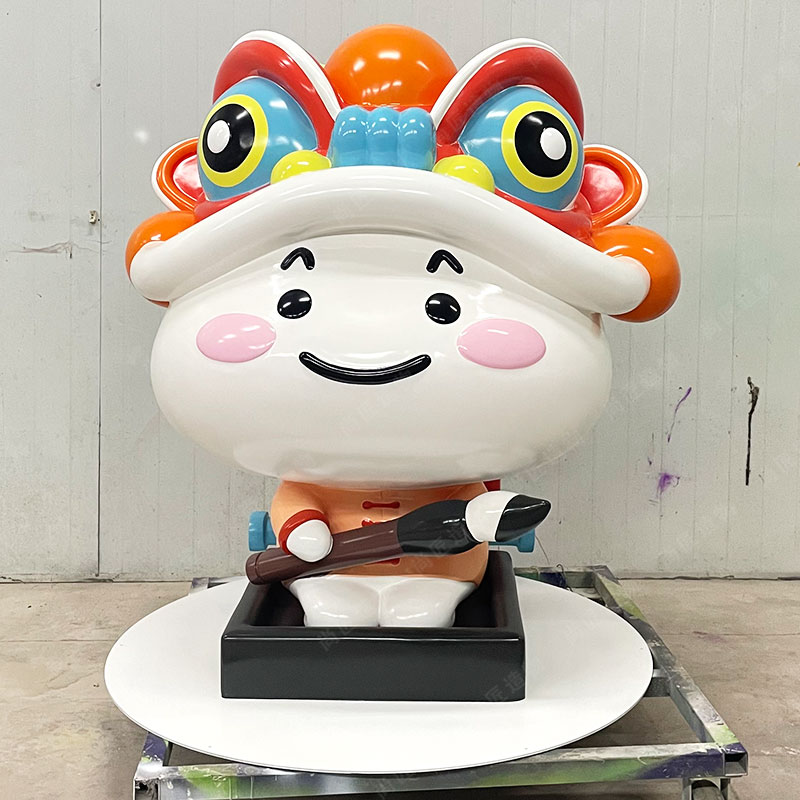Key Takeaways
Outdoor kinetic sculptures crafted from fiberglass combine artistic innovation with engineering precision. These installations prioritize durability through advanced material treatments, ensuring resistance to environmental stressors like UV radiation, temperature fluctuations, and moisture. Below are critical considerations for integrating motion-driven fiberglass art into public spaces:
| Feature | Benefit |
|---|---|
| UV-Resistant Coatings | Prevents color fading, maintaining vibrancy for 10+ years |
| Reinforced Framing | Supports dynamic motion without structural compromise |
| Modular Design | Enables site-specific customization for parks, plazas, or rooftops |
| Powder-Coated Surfaces | Resists corrosion from rain, snow, and saltwater exposure |
Transitioning from static installations, kinetic fiberglass sculptures introduce interactive elements that adapt to wind or human interaction. Their lightweight yet robust construction allows seamless integration into landscapes without extensive foundation work. For instance, helical designs harness airflow to create mesmerizing patterns, while balanced pivots enable smooth, low-friction movement.
Maintenance requirements remain minimal due to fiberglass’s non-porous surface, which inhibits mold growth and simplifies cleaning. This durability makes such sculptures ideal for high-traffic urban areas or coastal regions where traditional materials degrade rapidly. By pairing artistic vision with technical resilience, these installations redefine how public spaces engage audiences through enduring, dynamic aesthetics.
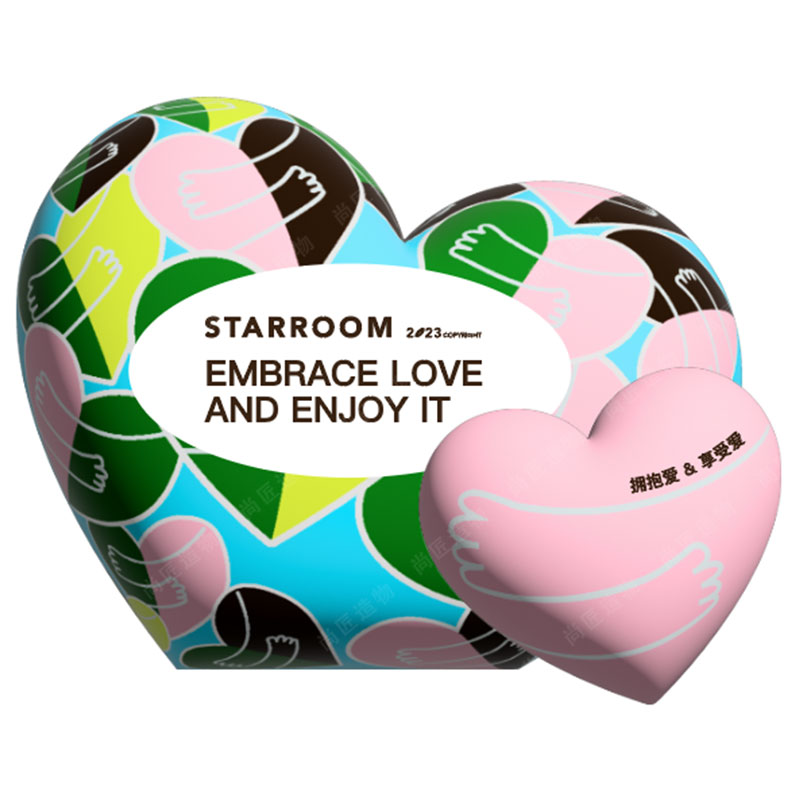
Kinetic Art for Outdoor Durability
Outdoor kinetic sculptures require materials that balance aesthetic innovation with environmental resilience. Fiberglass has emerged as a preferred medium due to its lightweight structure, moldability, and inherent resistance to corrosion. Unlike traditional metals, fiberglass does not rust or warp under prolonged exposure to moisture, making it ideal for dynamic installations in coastal areas or rainy climates. Advanced UV-resistant coatings further protect vibrant finishes from fading, ensuring that color integrity lasts over decades.
"The interplay of motion and material science defines modern outdoor art. Fiberglass allows artists to experiment with fluid forms while guaranteeing structural stability," notes public art engineer Mara Voss.
For optimal durability, consider integrating stainless steel components into pivot points to reduce wear from constant movement. Regular inspections of rotating mechanisms—particularly in regions with extreme temperature shifts—help maintain smooth operation. Pairing fiberglass with realistic sculpture techniques can also enhance textural depth without compromising weatherproofing. As kinetic designs evolve, the focus remains on harmonizing artistic vision with engineering rigor to withstand seasonal challenges, from scorching summers to freezing winters.
UV-Resistant Fiberglass Sculpture Designs
UV resistance is a critical feature for outdoor fiberglass sculptures, ensuring both aesthetic appeal and structural integrity over time. Modern fabrication techniques incorporate advanced gel coatings and resin formulations that block harmful ultraviolet rays, preventing fading, cracking, or warping. These protective layers act as a barrier, allowing vibrant colors to remain intact even after years of sun exposure. For example, public installations in high-sunlight regions, such as desert parks or coastal promenades, benefit from this technology by maintaining their visual impact without frequent maintenance.
The science behind UV-resistant fiberglass involves blending stabilizers into the material matrix during production. This process neutralizes photo-degradation risks while preserving the sculpture’s lightweight properties and flexibility—key traits for kinetic designs that rely on motion. Artists and designers often collaborate with engineers to test prototypes under accelerated weathering conditions, simulating decades of sun exposure in controlled environments. Such rigorous validation ensures that even whimsical creations, like Cartoon sculpture, retain their playful details under harsh sunlight.
By prioritizing UV resistance, outdoor fiberglass art transcends mere decoration, becoming enduring landmarks that adapt to environmental challenges. This durability aligns with broader goals of sustainable public art, reducing replacement costs and waste over time.

Custom Motion-Driven Public Space Art
In urban planning and landscape design, motion-driven fiberglass sculptures offer a unique blend of aesthetic appeal and functional durability. These custom installations are engineered to interact with environmental elements—wind, water, or human touch—creating ever-changing visual experiences in parks, plazas, and transit hubs. Unlike static artworks, kinetic designs engage audiences through movement, fostering dynamic interactions that evolve with shifting light and weather conditions.
The use of fiberglass ensures structural resilience, as this material resists corrosion, moisture damage, and UV degradation. Fiberglass sculpture frameworks are often reinforced with stainless-steel components to support seamless motion mechanics, even in high-traffic areas. Customization allows artists and designers to tailor scale, color, and motion patterns to align with a site’s architectural theme or cultural context. For example, gently rotating abstract forms might complement a waterfront promenade, while angular, wind-activated pieces could energize a corporate courtyard.
By integrating motion into public art, communities gain installations that adapt to their surroundings, offering both visual intrigue and long-term practicality. This approach transforms ordinary spaces into lively destinations, where art becomes an active participant in the environment.
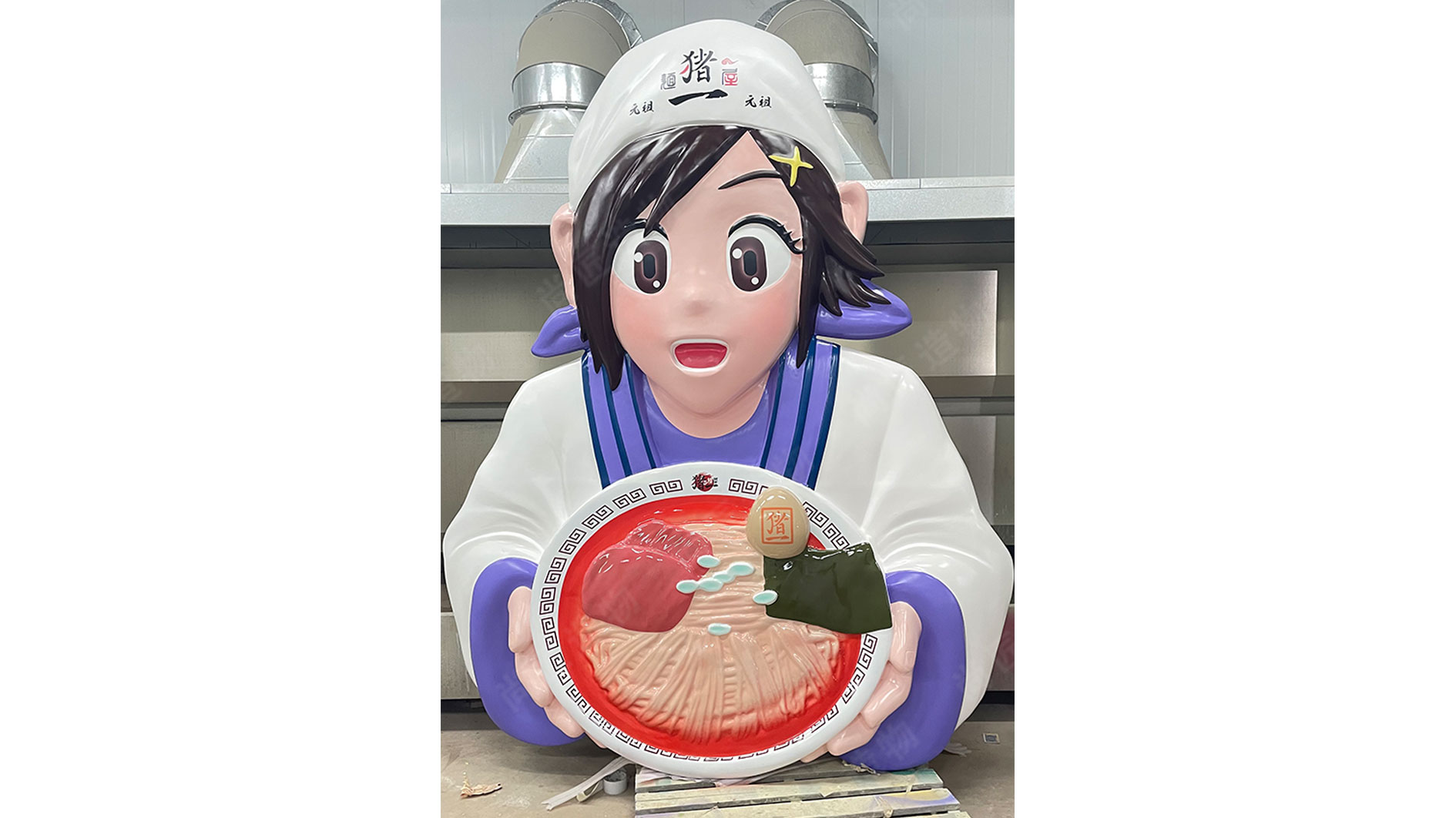
Weatherproof Kinetic Sculpture Solutions
Outdoor kinetic sculptures require specialized engineering to maintain functionality and aesthetic appeal despite exposure to harsh weather. Fiberglass, reinforced with weather-resistant resins, provides a durable foundation that resists corrosion, moisture absorption, and temperature fluctuations. Advanced UV-protective coatings are applied to prevent color fading, ensuring vibrant hues remain intact even under direct sunlight. For motion-driven designs, components like bearings and pivots are sealed against rain, dust, and debris to minimize wear.
Strategic drainage systems are integrated into larger installations to prevent water accumulation, which could disrupt movement or cause structural stress. Unlike traditional materials like stainless steel sculpture, fiberglass offers lighter weight and greater design flexibility while maintaining comparable durability. Custom solutions often include wind-responsive elements calibrated to local climate data, balancing kinetic responsiveness with stability during storms. Regular maintenance protocols, such as inspecting sealed joints and reapplying protective finishes, further extend the lifespan of these dynamic installations. By addressing environmental challenges holistically, these sculptures retain their kinetic energy and visual impact for decades.
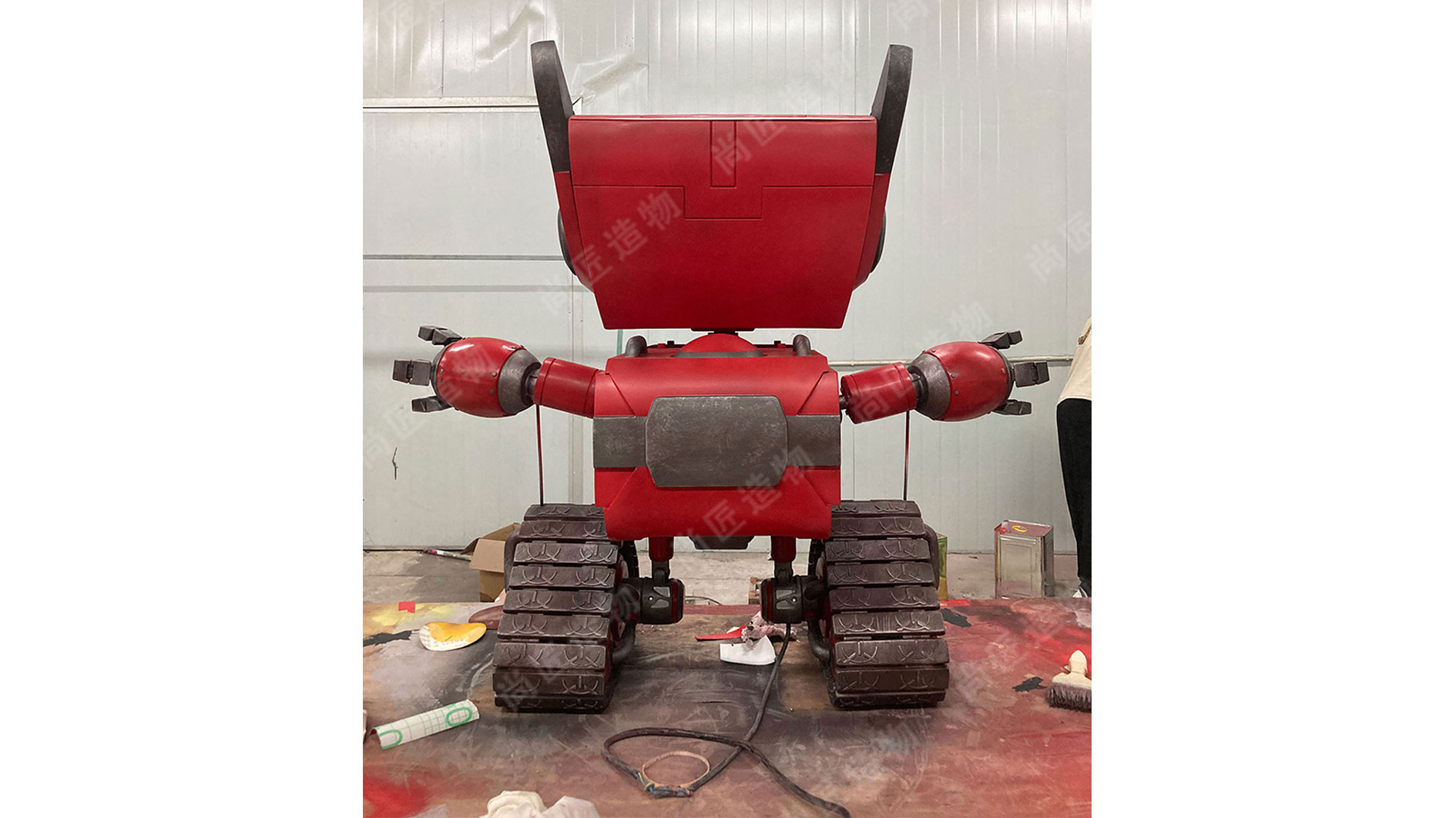
Long-Lasting Vibrant Outdoor Installations
Outdoor fiberglass kinetic sculptures are engineered to retain their visual impact and structural integrity for years, even under constant exposure to environmental stressors. Advanced UV-resistant coatings prevent color fading, while weatherproofing techniques shield against moisture, temperature fluctuations, and pollutants. Unlike traditional materials like metal or wood, fiberglass resists corrosion, warping, and cracking, ensuring dynamic forms remain intact. The material’s lightweight yet durable nature allows for intricate designs that maintain stability in high winds or heavy rain, making it ideal for public spaces requiring low-maintenance art.
Customization extends beyond aesthetics—specialized sealants and layered finishes adapt sculptures to regional climates, from coastal salt spray to arid heat. For example, IP character sculpture installations often incorporate reinforced bases and motion-friendly joints to preserve both functionality and vibrancy. This combination of technical innovation and artistic adaptability ensures installations serve as enduring focal points, blending kinetic energy with lasting color saturation. Such durability aligns with the broader goal of integrating art into landscapes without compromising longevity or visual appeal.
Dynamic Fiberglass Art Withstands Elements
Engineered to endure harsh environmental conditions, dynamic fiberglass sculptures merge artistic vision with material science to create resilient outdoor installations. Fiberglass, reinforced with advanced polymers, offers exceptional resistance to temperature fluctuations, moisture, and corrosion—qualities critical for preserving structural integrity in exposed settings. Unlike traditional metals or wood, this composite material retains its shape and color vibrancy even when subjected to repetitive motion, a hallmark of kinetic sculpture.
This resilience stems from layered UV inhibitors embedded within the resin matrix, which shield pigments from solar degradation while allowing seamless movement. For instance, installations in coastal regions withstand salt spray without warping, while those in arid climates resist cracking under intense heat. The flexibility of fiberglass also accommodates wind-driven motion, ensuring mechanical components like pivots or bearings operate smoothly over decades.
By integrating aerodynamic design principles, artists balance aesthetic fluidity with functional durability. Such sculptures adapt to seasonal stressors—from freezing winters to monsoon rains—without compromising kinetic responsiveness. As a result, these works maintain their interactive appeal and visual impact, transforming public spaces into enduring showcases of art that thrives alongside nature’s forces.

Enhancing Landscapes with Kinetic Sculptures
Kinetic sculptures redefine outdoor spaces by merging artistic expression with functional design. Unlike static installations, these motion-driven fiberglass artworks adapt to environmental conditions, creating visual interest through shifting forms and light reflections. Engineered for outdoor durability, UV-resistant coatings prevent color fading, while reinforced fiberglass structures withstand temperature fluctuations, moisture, and wind stress. Public parks, corporate campuses, and urban plazas benefit from their dynamic presence, as gentle breezes activate subtle movements that evolve throughout the day. Strategic placement near water features or pedestrian pathways amplifies their interactive quality, encouraging prolonged engagement. By balancing aesthetic innovation with material resilience, kinetic sculptures transform ordinary landscapes into evolving environments where art and nature coexist harmoniously.

Customizable Outdoor Motion Art Durability
Building upon weather-resistant foundations, customizable fiberglass kinetic sculptures integrate material science with artistic vision to achieve lasting performance. Unlike static installations, motion-driven designs require precise engineering to balance aerodynamic efficiency with structural integrity. Reinforced fiberglass composites provide flexibility for shaping organic curves or geometric patterns while maintaining resistance to temperature fluctuations (-40°F to 180°F). Manufacturers often layer UV-inhibiting gel coats beneath chromatic finishes, preserving color intensity through seasonal changes without compromising the sculpture’s ability to respond to wind currents.
Durability enhancements extend to modular assembly systems, allowing site-specific adaptations like reinforced base plates for coastal salt spray zones or low-friction bearings for arid, dusty environments. Textured surface treatments simultaneously reduce glare and minimize particulate buildup that might impede movement. These tailored solutions ensure decade-spanning functionality, whether supporting delicate rotational balances in urban plazas or robust oscillating forms in alpine resorts. By aligning customization parameters with environmental stressors, artists and engineers co-create kinetic works that endure as both aesthetic landmarks and testament to advanced material durability.
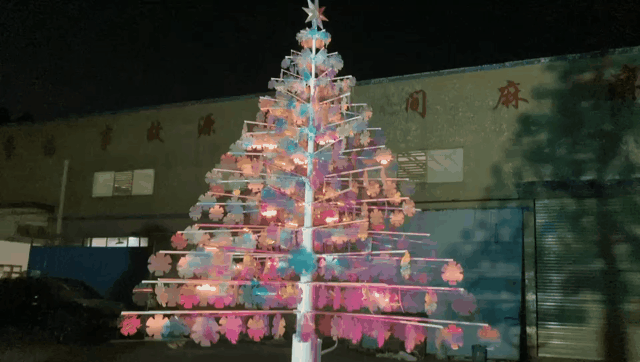
Conclusion
As we’ve explored, custom fiberglass sculptures designed for outdoor use represent a harmonious blend of artistic innovation and practical resilience. These kinetic installations not only withstand harsh environmental conditions—such as UV exposure, temperature fluctuations, and moisture—but also maintain their structural integrity and visual appeal over time. Their motion-driven designs add a layer of dynamic interaction with natural elements like wind and light, creating ever-changing focal points in public or commercial spaces.
By prioritizing weather-resistant materials and UV-protective coatings, these artworks ensure long-lasting vibrancy without compromising on aesthetic complexity. The adaptability of fiberglass allows for tailored designs that align with specific site requirements, whether for urban plazas, parks, or corporate campuses. Ultimately, the marriage of durability and creativity in kinetic fiberglass sculptures underscores their role as enduring investments in both artistic expression and functional landscape enhancement.
Frequently Asked Questions
How long do custom fiberglass kinetic sculptures last outdoors?
Properly maintained fiberglass sculptures typically endure 15-25 years outdoors. Their epoxy resin coatings and UV inhibitors prevent fading, while reinforced structural designs resist warping from temperature fluctuations.
Do motion-driven elements require frequent maintenance?
Stainless steel bearings and powder-coated joints minimize friction, reducing upkeep needs. Annual inspections and lubrication ensure smooth operation, even in coastal or high-humidity environments.
Can these sculptures withstand extreme weather conditions?
Fiberglass’s non-porous surface repels moisture, preventing freeze-thaw damage. Wind-resistant engineering allows kinetic components to operate safely in gusts up to 75 mph without compromising structural integrity.
Are color options limited for UV-protected finishes?
Advanced ceramic-based pigments maintain vibrancy across 200+ color options. These inorganic compounds reflect infrared radiation while preserving chromatic intensity under direct sunlight.
How are kinetic sculptures anchored for public spaces?
Galvanized steel substructures embed into concrete foundations, providing stability without visible hardware. Site-specific load calculations ensure compliance with municipal safety standards for permanent installations.
What customization options exist for motion patterns?
Artists engineer pendulum ratios, wind-catch angles, and rotational tolerances to create tailored movement profiles. Geometric balance points allow synchronized motion across multiple sculpture elements.
 ch
ch English
English

